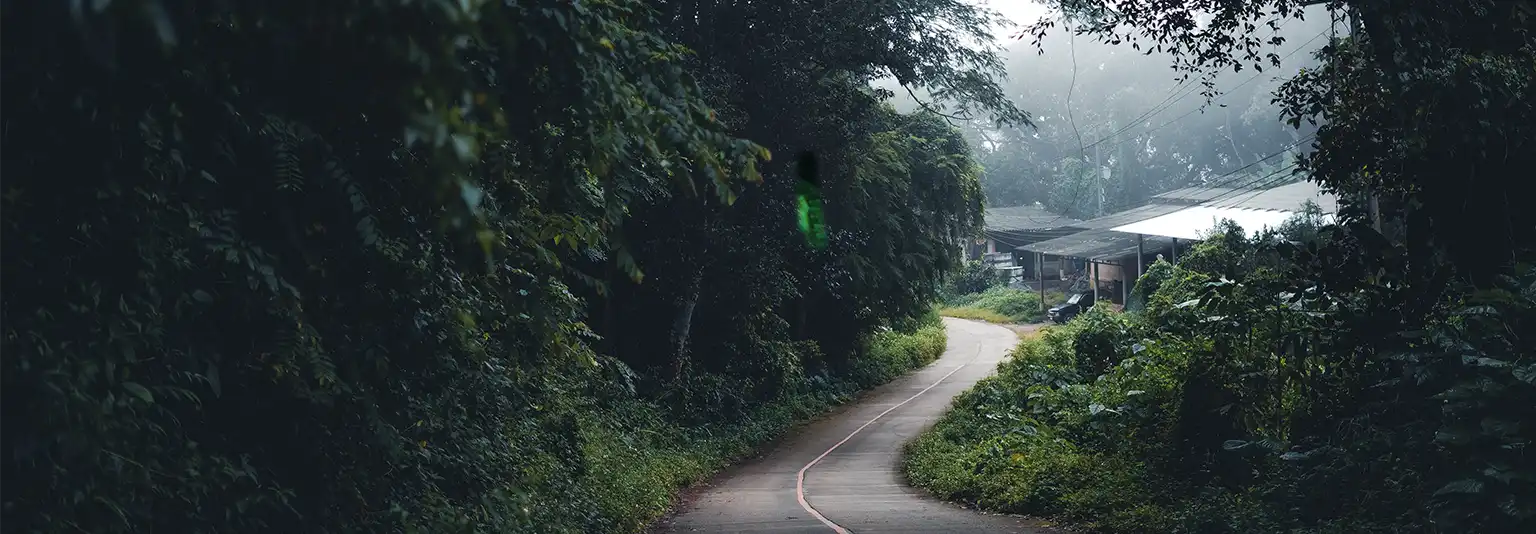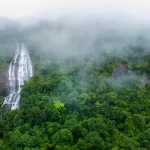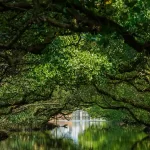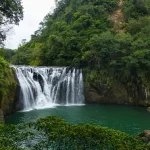Exploring Mawlynnong: Asia’s Cleanest Village
Mawlynnong, a small village nestled in India’s northeast, has taken the world by storm with its pristine roads and verdant greenery. Dubbed Asia’s Cleanest Village, Mawlynnong is not just a neat hamlet—it’s a live testament to community spirit and environmentally friendly living. If you’re curious about Mawlynnong and why it’s a must-visit in 2025, this guide covers everything from its location to the best things to do. Let’s dive into the charm of Mawlynnong and see why it’s worth your time!
Why Is Mawlynnong Called Asia’s Cleanest Village?
Mawlynnong earned its title as Asia’s Cleanest Village in 2003 from Discover India magazine, and it’s held onto that reputation ever since. What sets Mawlynnong apart? The villagers’ commitment to cleanliness is unparalleled. Every single resident contributes—sweeping roads, segregating garbage, and using bamboo containers to keep trash on the ground. Plastic is prohibited, smoking is taboo, and rubbish gets converted into manure. All this combined effort keeps Mawlynnong spotless, making it a benchmark in eco-living that others can only hope to emulate.
Where Is Mawlynnong Located?
Mawlynnong is located in the East Khasi Hills of Meghalaya, a north eastern Indian state that’s known for its rainy hills and waterfalls. It is located around 90 km south of Shillong, Meghalaya’s capital city, and just 17 km from Dawki, on the border with India-Bangladesh. Reaching Mawlynnong is itself an adventure—winding roads go through lush valleys, presenting jaw-dropping views. The closest airport is at Shillong, but Guwahati (172 km from there) has a larger hub and railway station. From there, a taxi or bus ride gets you to Mawlynnong’s serene beauty.
Why Is Mawlynnong Famous?
Mawlynnong isn’t only famous for being clean—it’s a package deal of natural wonders and cultural gems. Apart from its immaculate roads, Mawlynnong features living root bridges, a UNESCO World Heritage wonder created by turning rubber tree roots over centuries. The village’s 90% literacy rate and matrilineal Khasi culture where women inherit land contribute to its popularity. People visit Mawlynnong for its postcard-perfect atmosphere, friendly people, and an opportunity to witness a destination where nature and humans coexist in harmony.
Best Time to Visit Mawlynnong
When is best to visit Mawlynnong? Depending on your penchant, March-June is sunny but pleasant with temperatures of 15-24°C, allowing for strolls without sweating buckets. Monsoon season (July-November) transforms Mawlynnong into a stunning, greenish haven, except when heavy downpour makes mountain trails slippery. To experience nature’s cultural form, go between July’s festival of Behdienkhlam or that of Nongkrem Dance (October-November). From December to February is cold and sunny, suited to those liking frosty winds. Most concur monsoon or post-monsoon months display Mawlynnong at its best.
Things to Do in Mawlynnong
Mawlynnong has a blend of nature and beauty for each visitor. Here’s what to do:
•Living Root Bridge: Walk to the Jingmaham Living Root Bridge nearby in Riwai—just 3 km. It’s an easy stroll to this marvel of nature.
•85-foot Bamboo Tower: Ascend this bamboo tower for ₹10 and absorb Bangladesh’s plain and Mawlynnong’s green scenery.
•Mawlynnong Waterfall: Unwind at this diminutive, calm falls—a ideal picnic area with water’s soft hum.
•Church of Epiphany: Take photographs of this cozy, century-old church surrounded by cobblestones and flowers.
•Village Walk: Take a walk around Mawlynnong’s tidy streets, interact with people, and get the serene ambiance.
These little pleasures make Mawlynnong a paradise for nature enthusiasts and inquisitive travelers.
Mawlynnong Travel Tips
Traveling to Mawlynnong? Remember these tips:
•Pack Light: Carry comfortable shoes, raincoat (during monsoon), and water bottle—fill to reduce plastic usage.
•Respect Rules: No smoking or plastic bags—adhere to Mawlynnong’s eco-code.
•Cash Up: No ATM facility here, so bring ₹500-1,000 for minor expenditures.
•Leave Early: Shillong day trips are best if you depart by 7 AM—roads take 3 hours.
•Food Preparation: Few restaurants mean homestay food (₹200-300) or packed snacks are the way to go.
These tips make your Mawlynnong trip hassle-free and respectful of its atmosphere.
Where to Stay in Mawlynnong?
Mawlynnong skips fancy hotels for authentic stays. Homestays run by Khasi families are your go-to, costing ₹1,500-2,000 per night. You’ll get a basic room—clean, cozy, often with a thatched roof—and home-cooked meals. Options like Streams Side Guest House or DJ Wood’s Cabin (just outside Mawlynnong) offer a rustic feel. No luxury here, but the warm hospitality and closeness to nature make up for it. Book ahead—spots fill up fast, especially in peak seasons.
Final Thoughts: Is Mawlynnong Worth Visiting?
So, is Mawlynnong worth the visit? Yes. It’s not merely about the “cleanest village” label—Mawlynnong is a rare combination of peace, beauty, and a glimpse into a distinct way of life. The living root bridges themselves are a bucket-list experience, and the green charm of the village is like taking a step back into simpler times. Okay, it’s little—you can behold it in a few hours—but overnight stay enables you to drink in its wonder. For ₹2,000-3,000, there’s a day or two of adventure that isn’t light in the pocket, but heavy in memories.
Mawlynnong is not overhyped—its real. Some claim it’s too still or has no grand attractions, but that’s the idea. It’s for nature lovers who prioritize sustainability and seek refuge from madness. Couple it with its close neighbor Dawki or Cherrapunji for a complete Meghalaya experience, or take Mawlynnong on its own for peace. In 2025, as travel becomes greener, Mawlynnong emerges as a jewel that is definitely worth a visit.





